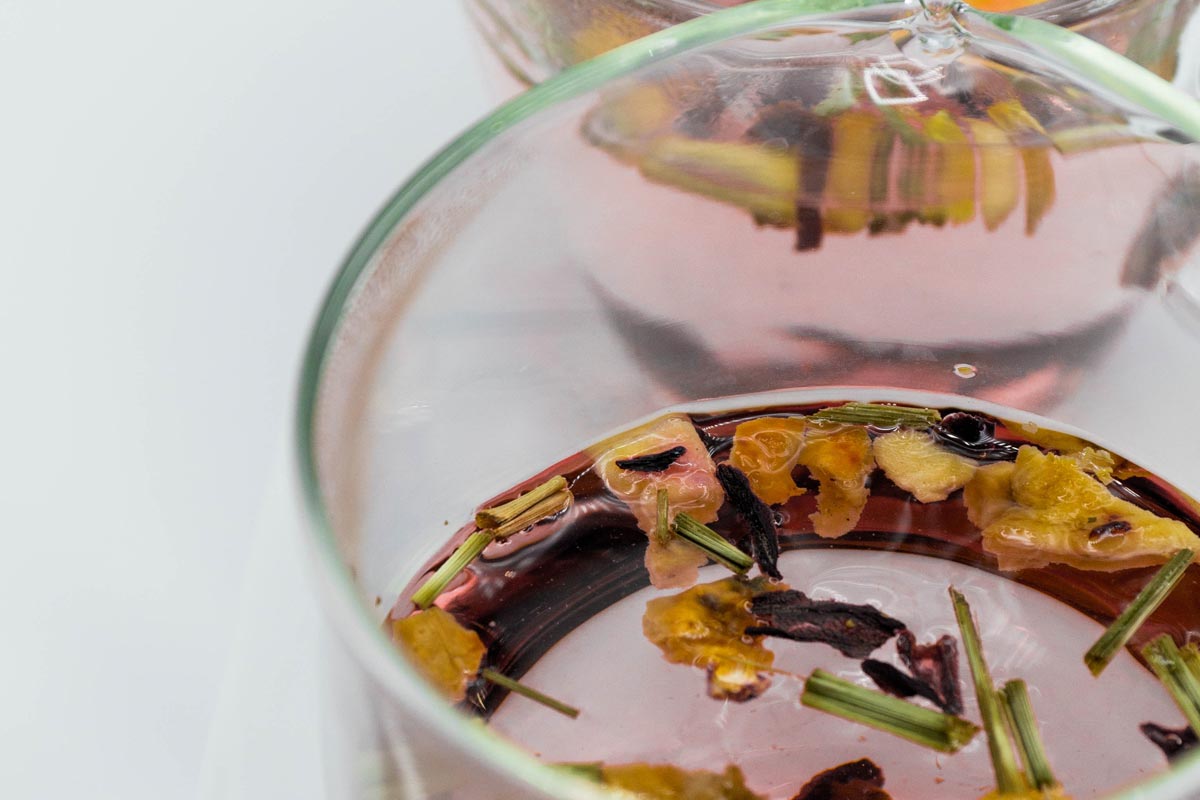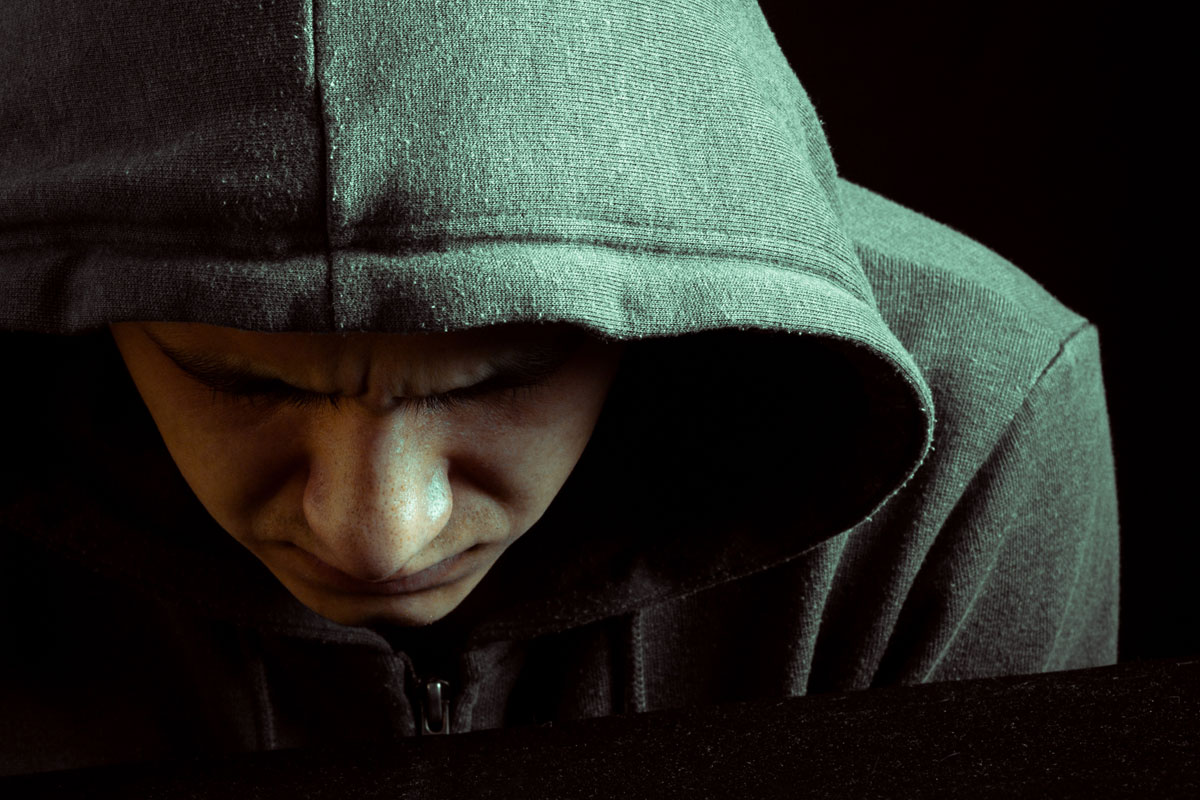
Ayahuasca is a psychoactive drink that is most known for its use as a spiritual aid by the tribes of the Amazon Basis. The primary ingredient, DMT, is a Schedule I drug in the United States, making it illegal to drink or own the plant or it’s extracts in the country. More recently, it’s also been popularized in the United States, primarily as a means of recovering from drug or alcohol addiction. The drug, which is brewed from the plant of the same name in combination with other psychoactive ingredients, is heavily psychoactive because of the DMT, causing intense hallucinogenic effects. That’s exacerbated by ingredients like chacruna, mimosa, and chagroppanga, which also contain DMT. While Ayahuasca is illegal in the United States, many people import it anyway. Others travel to South America or the Amazon Basin to partake in the drug.
And, often those visits are not for pleasure, but rather to attempt to get clean or to quit using or drinking other inebriates. Unfortunately, Ayahuasca is just another drug. Understanding it, understanding how it works, and where it comes from can help you to make good decisions around how you use the drug, how you seek out help from other addictions, and what you choose to do with it.
What is Ayahuasca?
In its simplest form, Ayahuasca is a combination of two active ingredients, DMT (dimethyltryptamine) and MAOIs (monoamine oxidase inhibitors). These two ingredients mix together to cause significant sensory hallucinations of sound, emotion, touch, time, and emotions. They significantly alter thinking and emotions, creating an effect which many compare to having a religious experience. That’s similar to psychedelic highs found with other drugs like MDMA and LSD – both of which are frequently used for both “spiritualism” and by people looking for an easy cure or way out of addiction.
Unfortunately, Ayahuasca is also brewed, often directly from plants. While this removes many people’s concerns over contaminants and “chemicals”, it also introduces other complications. For example, it’s difficult to properly dose or assess the strength of dose. Many people drinking Ayahuasca take a considerable amount of the drug and often end up physically sick. Those large doses can lead to significant health problems in individuals who have underlying conditions respiratory disorders. Therefore, it’s important to exercise caution if you have a pre-existing disorder. For example, the DEA advises that DMT can result in respiratory disorders, coma, and other health problems if you have an underlying condition.
Where Does Ayahuasca Come From?
Many people use Ayahuasca because it’s used by tribes of the Amazon basin in local spirituality and sometimes medicine. That history of spirituality makes many think that it’s safe or that it “works” to cure addiction. Ayahuasca has been known to modern medicine since the 1600s. During that time, its effects as an intoxicant and hallucinogen have been widely documented. Its history in South America dates back hundreds of years. In the United States, however, it’s primarily been treated similarly to psilocybin mushrooms. The drug was brough to Harvard to be studied and then was quickly introduced as a psychoactive drug, primarily used at parties and to “trip”. This use escalated throughout the 1960s, until the drug was included in the 1970 Comprehensive Drug Abuse Prevention and Control Act. This effectively made Ayahuasca a Schedule 1 drug, on par with heroin, LSD, marijuana, and others.
Today, that status has not changed. Ayahuasca is illegal in the United States and possessing the drug or the plant of the same name, unless you have special exceptions for religious grounds.
Get Your Questions Answered
Our expert & caring staff on site are available 24/7. Call us today.
How do People Use Ayahuasca
Ayahuasca is most-often prepared as a drink as part of a religious ceremony, and then consumed. Here, it’s normal to mix other DMT-containing plants to maximize the effect. In other cases, Ayahuasca might serve as only the base source of DMT. In this case, the drug is most likely extracted and then either snorted or injected. In most cases, people aim for a dose of about 60mg of Ayahuasca. Like with marijuana and other psychoactive plants, eating the product results in longer and stronger reactions. For example, consuming an ayahuasca drink can result in a 1–8-hour high. Smoking it might result in just 10-15 minutes of effects.

However, in most cases, the drug takes effect 20-60 minutes after consumption and then lasts for 4-8 hours. Users will feel effects, sometimes for as long as 16 hours after initially taking a dose, although most will be “functional” after 6.
These effects include:
- Multisensory hallucinations
- Emotional highs of ecstasy, fear, hopelessness, feeling as though you are dying
- Vomiting and diarrhea
- Numbness
- Sleepiness
- Lethargy or sleepiness
- Muscle weakness
Most people will experience muscle weakness for as long as a day after taking the dose. This means it’s not a good idea to expect to work or operate machinery for at least 24 hours after doing so. Like other hallucinogens, individuals with schizophrenia, anxiety, and paranoia can sometimes experience significant long-term effects.
Importantly, Ayahuasca can also cause significant problems in combination with food and drugs. Both MAOIs and DMT interact with SSRIs (Prozac, sertraline), amphetamines, opiates, allergy medication, cold medication, asthma inhalers, and others. MAOIs can also interact with Tyramine, an amino acid found in many foods. For this reason, it is dangerous to combine ayahuasca with alcohol, cheese, fermented foods, chicken, fish, chocolate, raspberries, soy, nuts, dried fruits, or most smoked foods. Tyramine and MAOI can result in hypertension and eventual hemorrhaging of the brain. Therefore, if you do choose to use Ayahuasca, you are strongly advised to exercise caution when choosing foods for at least 24 hours after.
Can Ayahuasca Treat Addiction?
People are increasingly journeying to South America or visiting “shamans” in the United States in hopes of being cured of addiction. Unfortunately, this is not a new thing but it also doesn’t help with treating addiction. For example, most psychedelics including LSD, MDMA, Cathinone, GHB, Ibogaine, mescaline, peyote, and psilocybin are often pitched as addiction treatment. People turn to these drugs as an easy way out because people tell them that a psychedelic will change how they think and that it will cure cravings and the need for their addiction. Unfortunately, that’s never the case. However, many Ayahuasca drug treatment retreats will include steps similar to recovery and treatment, such as isolating you away from access to drugs and alcohol, forcing exercise and self-care, and forcing you to become better acquainted with yourself. At the last, a multi-week retreat will force you into withdrawal and through that. However, without treating the underlying behavioral problems of addiction, doing so can do more harm than good, namely by exposing you to increased risk of overdose if you do relapse.
No one chooses to be addicted to drugs or alcohol. Finding an easy way out can be incredibly tempting. Unfortunately, there is no easy way out. Without investment in therapy, in treating underlying behaviors, and finding motivation to live a happy and healthy life – without using drugs to self-medicate – you’ll always be reliant on them. And, Ayahuasca is just another psychoactive drug, which will get you high and will cause physical and mental health problems if you take it often enough.
If you do need help with substance abuse, there is no substitute for inpatient treatment or outpatient treatment. A good rehab center will be able to help with behavioral therapy in an inpatient or outpatient setting. And, if you do decide to try ayahuasca, make sure you do so in as safe a setting as possible, with a measured dose, and with the expectation that it can exacerbate existing problems.
If you or your loved-one struggles from substance abuse please contact us today and speak with one of our experienced and professional intake advisors. We’re here to help you recover.






